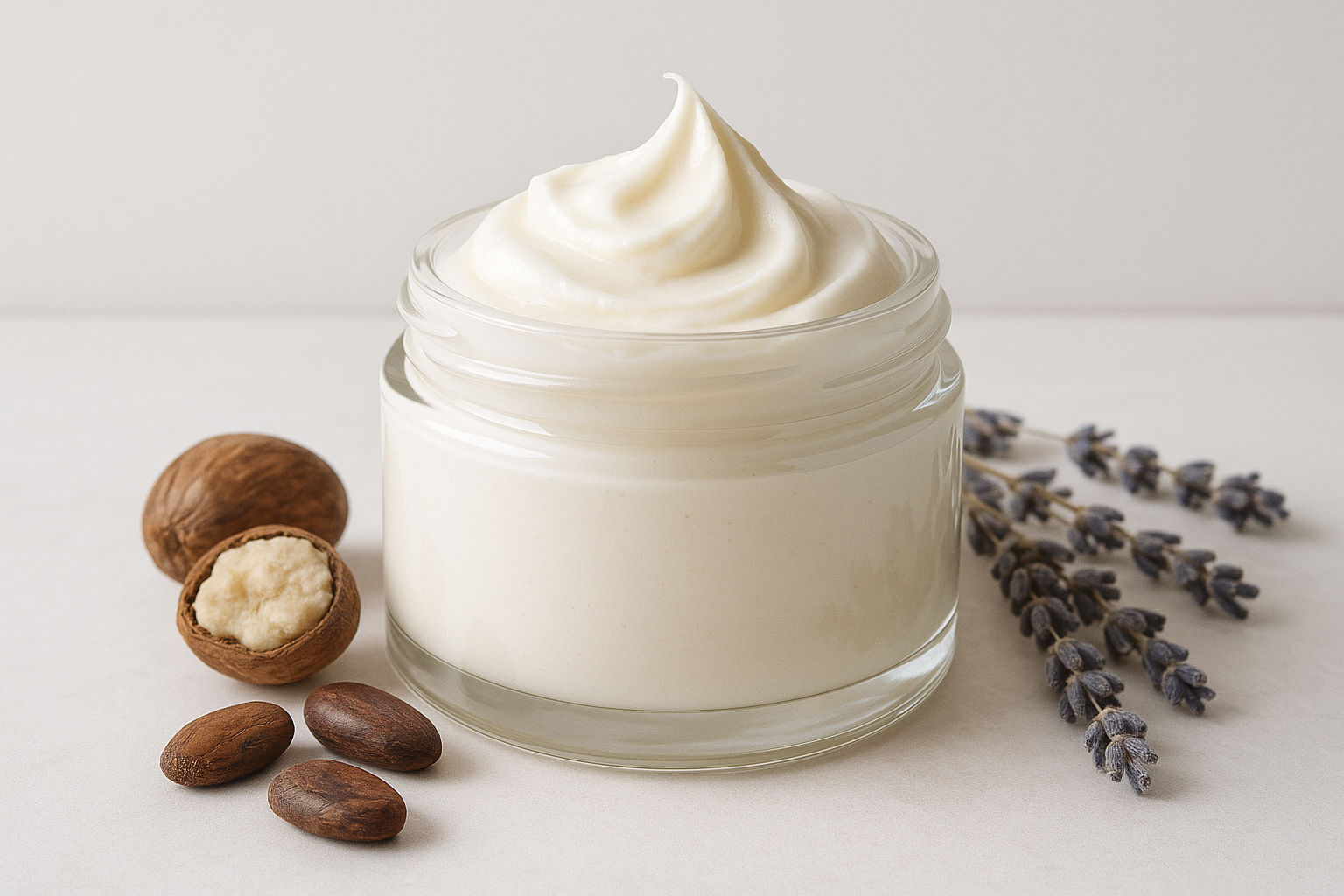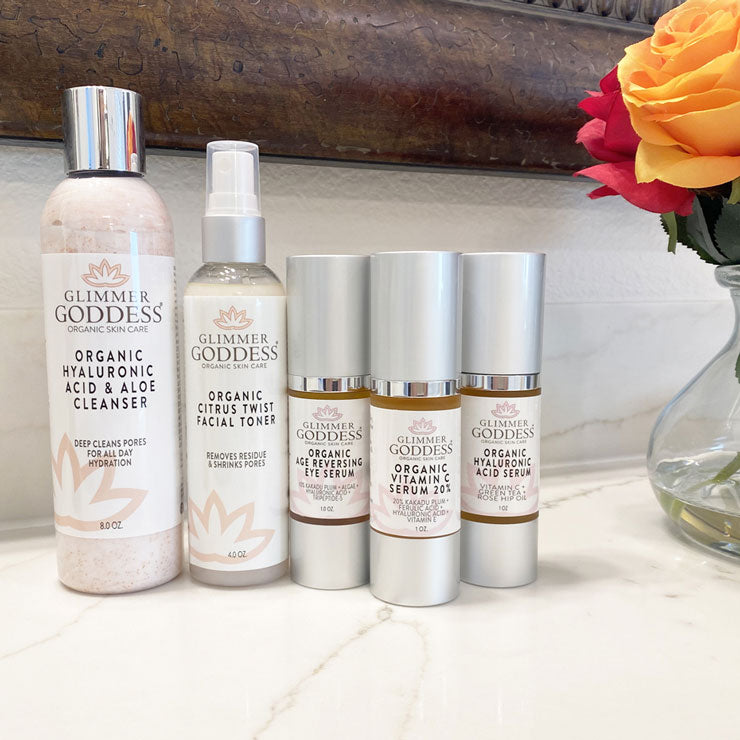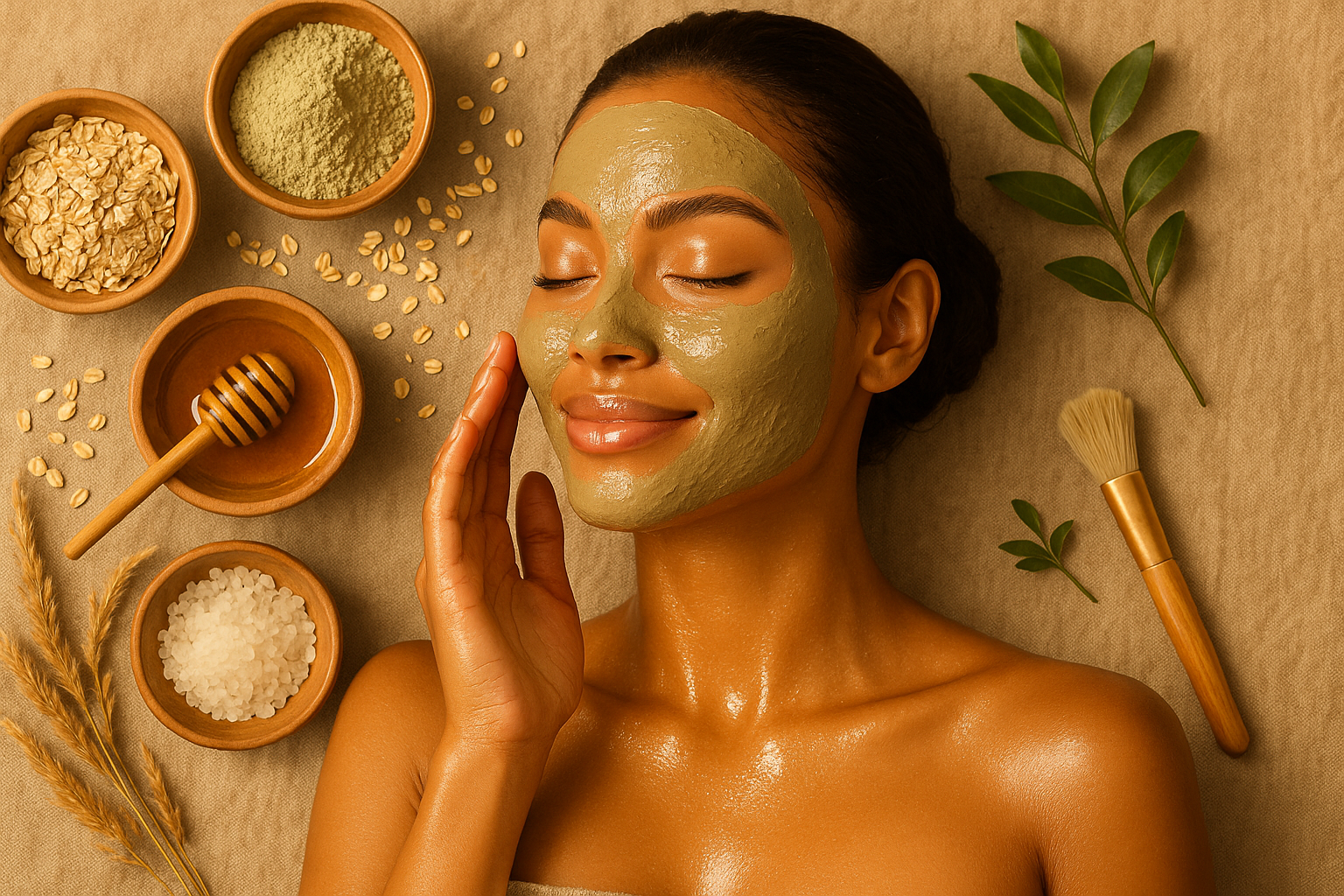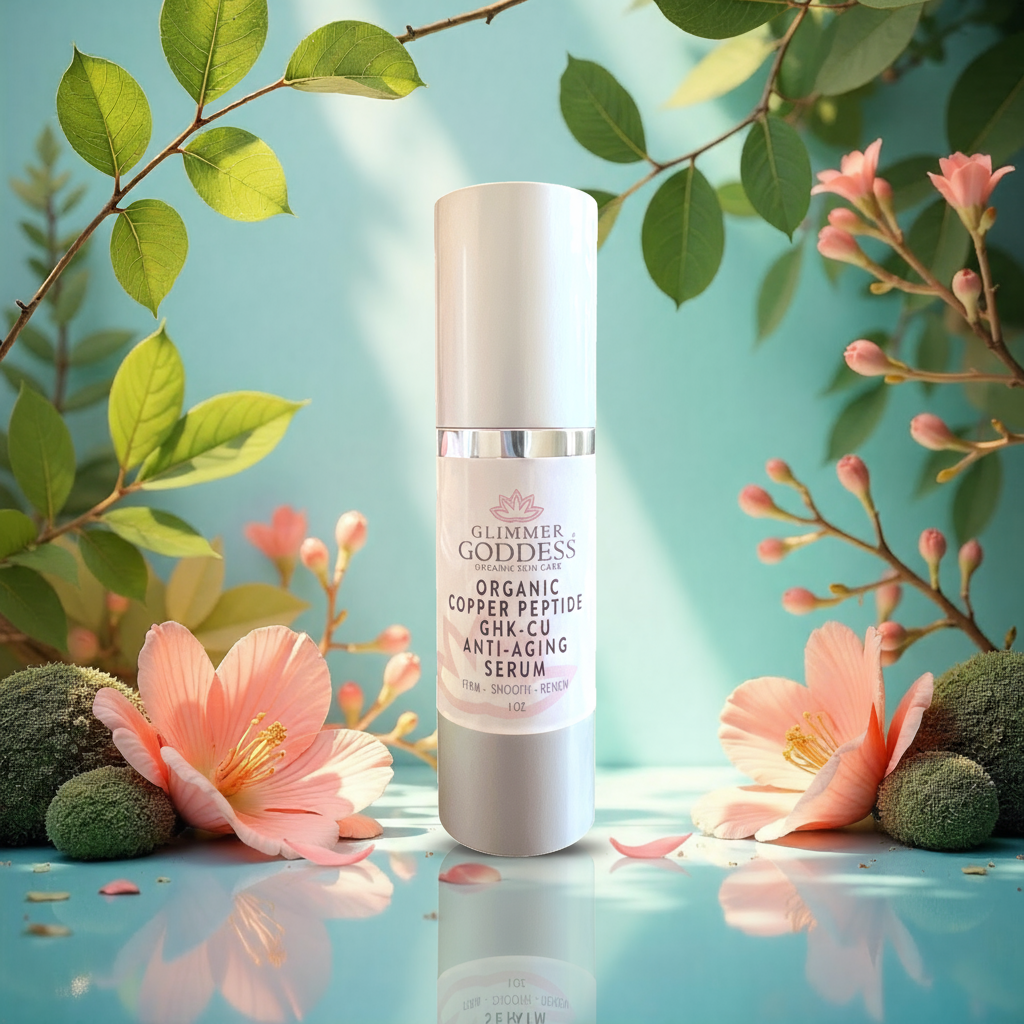
Whipped Body Butter: Recipes, Selling Tips, and Care
Whipped Body Butter: Recipes, Selling Tips, and Care
Whether you want to make a small-batch skincare line, whip up a tropical mango jar for yourself, or adapt shea body butter for hair, this guide covers the essentials: how to make body butter to sell, a simple mango body butter recipe, whipped shea butter tips for hair, how to use coconut oil in homemade body butter, and how to keep body butter from melting.
Key considerations before you start: Ingredients & texture
Whipped body butter is essentially a balance of butters (shea, cocoa), carrier oils (jojoba, coconut, sweet almond), optional waxes or thickeners, and fragrance or essential oils. For a light, non-greasy texture aim for a higher ratio of whipped butter to heavier oils and consider a small amount of emulsifier or wax to stabilize.
How to make body butter to sell
If you plan to sell, focus on quality control and packaging as much as the recipe. Here are practical steps:
- Start with a reliable base recipe: Test small batches until you get the texture and absorption right.
- Costing & pricing: Calculate ingredient cost per jar, packaging, labor, and overhead. Add a margin for profit and taxes.
- Labeling & compliance: List full ingredients (INCI names are preferred), include net weight, batch number, and contact info. Check local cosmetic regulations and product safety/testing requirements for topical products.
- Stability & shelf life: Use antioxidants (vitamin E) to reduce rancidity; document shelf-life testing and storage recommendations.
- Packaging: Wide-mouth jars for whipped textures; consider UV-protective containers for natural oils. Tamper-evident seals and attractive, informative labels help sales.
- Small-batch production tips: Keep consistent measurements, maintain clean workspace (cosmetic-grade sanitization), and log batch notes for reproducibility.
- Marketing & scent selection: Offer a few signature scents and a fragrance-free option for sensitive or eczema-prone skin.
Mango body butter recipe (simple, small-batch)
This yields about 8 oz of whipped body butter.
Ingredients
- 1/2 cup shea butter (raw or refined)
- 2 tbsp mango butter (or substitute with more shea/cocoa if unavailable)
- 2 tbsp coconut oil (fractionated for less firmness if preferred)
- 2 tbsp sweet almond oil or jojoba oil
- 5–15 drops mango fragrance or essential oil blend (use skin-safe fragrance for topical use)
- 1/4 tsp vitamin E (antioxidant)
Method
- Gently melt shea and mango butter with coconut oil in a double boiler until liquefied.
- Remove from heat, stir in carrier oil and vitamin E. Cool until starting to set (refrigerate briefly, about 20–30 minutes).
- Whip on high with a hand mixer for 3–6 minutes until light and fluffy. Add fragrance near the end and whip to combine.
- Spoon into sterilized jars and label. Let it stabilize at room temperature before sealing.
Tip: If the butter is grainy, it cooled too quickly or was over-whipped—remelt gently and repeat the cool & whip process.
Whipped shea butter recipe for hair
Shea butter can be adapted for hair with a slightly different ratio and lighter oils for easier application.
Quick hair-friendly formula
- 2 tbsp raw shea butter
- 1 tbsp mango or cocoa butter (optional)
- 2 tbsp light oil (argan, jojoba, or fractionated coconut oil)
- 1 tsp aloe vera gel (optional, for added moisture if using as a leave-in)
- Few drops rosemary or lavender essential oil (scalp-friendly)
Whip as described above. Use a small amount as a sealant for ends or a smoothing balm. For thicker hair, a firmer butter blend helps with hold; for thin hair, keep oils lighter and use sparingly to avoid greasiness.
Homemade body butter with coconut oil: what to know
Coconut oil brings great slip and scent, but it can be solid at cooler room temperatures and may feel heavier. Here’s how to use it well:
- Fractionated coconut oil: Stays liquid and produces a lighter feel—great for summertime or lighter textures.
- Refined vs unrefined: Unrefined coconut oil has a coconut scent; refined is more neutral.
- Ratios: If using solid coconut oil, reduce its proportion (20–25% of total oils) to prevent an overly firm product. If you want a more spreadable butter, use 10–15% solid coconut and balance with liquid oils or fractionated coconut oil.
- Allergies & sensitivity: Note that some people may be sensitive to coconut oil—offer a coconut-free option if selling.
How to keep body butter from melting
Melting is a common issue in warm climates or when body butter contains a lot of softer oils. Ways to stabilize your product:
- Add natural waxes: Beeswax or candelilla wax increases melting point. Start with 1–2% of total weight and adjust.
- Use harder butters: Cocoa butter and mango butter add firmness and a higher melting point than shea alone.
- Include a stearic agent: Small amounts of stearic acid (cosmetic grade) or cetyl alcohol can firm texture and reduce melt risk.
- Adjust oil ratios: Reduce liquid oils and replace some with firmer butters to prevent a soft, melty finish.
- Packaging choices: Use jars that protect from direct sunlight; consider tins (metal helps dissipate heat) or smaller jars to limit repeated container exposure to warm fingers.
- Storage & shipping: Advise customers to store in a cool, dry place. For shipping in hot months, include insulation packs or cold packs if necessary.
Putting it all together: a few production tips
- Always test a small batch in the environment your customers will use it (hot, humid, cold).
- Keep clear usage directions on your label: "Apply to damp skin for best absorption" or "Use a small amount—melts on contact."
- Consider offering travel sizes and full sizes to attract first-time buyers.
- For topical products aimed at eczema-prone skin, highlight gentle, tested ingredients and fragrance-free or mild-scented options.
Ready-made option
If you prefer a handcrafted, tried-and-true option instead of making your own, consider giving a try—it's made in small batches, chemical-free, offers 24-hour hydration, and comes in many scents for every preference.
Final notes
Making and selling whipped body butter is rewarding: you control the ingredients, scent, and texture. Start small, document each batch, and iterate based on testing and customer feedback. With the right recipes and stabilization tips above, you can create a product that performs well in everyday use and stands up to warm weather.








